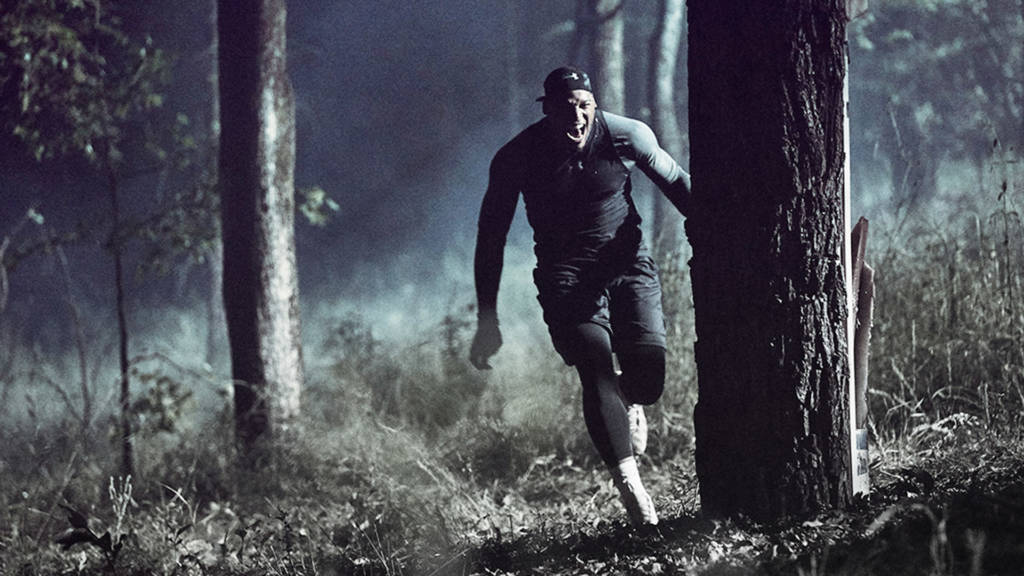This month, the Under Armour has had professional athletes test out its new UA HOVR Phantom and Sonic sneakers, which have an embedded chip that tracks data like time, distance, cadence, and speed. All of this data is fed into Under Armour’s apps MyFitnessPal and MapMyFitness.
Under Armour’s new line of sneakers that gamify running comes during a year of embracing games and gaming culture, as the brand is focusing its marketing activities at younger generations.
“As we’ve delved deeper into consumer behavior, we see the amount of time that Gen Z and young Millennials are spending on gaming,” said Jim Mollica, Under Armour’s vice president of digital marketing. “Gaming provides an opportunity beyond advertising within a specific game, which doesn’t really add that much value. Our idea was if we can appear in these gaming spaces and places and increase the value to our consumer in a cool way, and add to their experience, then ultimately that will come back to us.”
Gaming has become a staple for the brand: Under Armour has worked with Carolina Panthers quarterback Cam Newton to launch an endless runner game for Snapchat, and for the launch of NBA star Stephen Curry’s “Curry 4” shoe, the company brought NBA 2K18 gamers to its Baltimore headquarters to compete on a 30-foot-high video screen.
“The amount of exposure from that streaming event completely outpaced what I thought it would do,” Mollica said. “The day it started I was getting all of these pings from people outside the company commenting about the tournament . . . I realized that these are unbelievably deep, immersive channels that also have scale.”
Under Armour can use all the help it can muster in connecting with new consumers. Like Nike, the apparel and shoe brand has struggled to keep pace with European giant Adidas. At the same time, all sports brands are facing increased competition from Amazon, while retail partners like Foot Locker, Finish Line and Dick’s Sporting Goods are struggling.
Stephen Curry’s love of video games—a common trait among many top athletes—has helped the brand further integrate digital and real worlds over the past four years. When the Curry shoes first launched, the NBA All-Star’s in-game avatar wasn’t as good as the real-life version on the hardwoods. The company worked around that with a campaign creating user-generated content.
“We did a partnership with 2K when we launched the [Curry] shoes that if you bought the real shoes and put them on, you would be at 100 power for 30 hours, which correlates his jersey number 30,” Mollica said. “We had people that were scoring 100 points in the first quarter and posting those videos across all of these amazing channels.”
The brand is integrating with opportunities in the gaming space—in May, the NBA and 2K launch the NBA 2K League, letting amateur gamers play for one of 17 NBA gaming clubs in a league format.
“This is a really interesting opportunity for a lot of brands to engage in a really deep manner to an audience that is harder to reach now than they were before,” Mollica said. “One of the things we keep seeing is the amount of time that these kids spend with our brand in these gaming environments is unbelievably high and we couldn’t get that kind of retention rate in traditional marketing tactics.”
As gaming continues to draw young consumers, Under Armour remains dedicated to remaining in the space as part of its marketing strategy. “We’ve completely gamified those communities where there are always competition challenges, recognition, encouragement, rewards and badges,” Mollica said.

